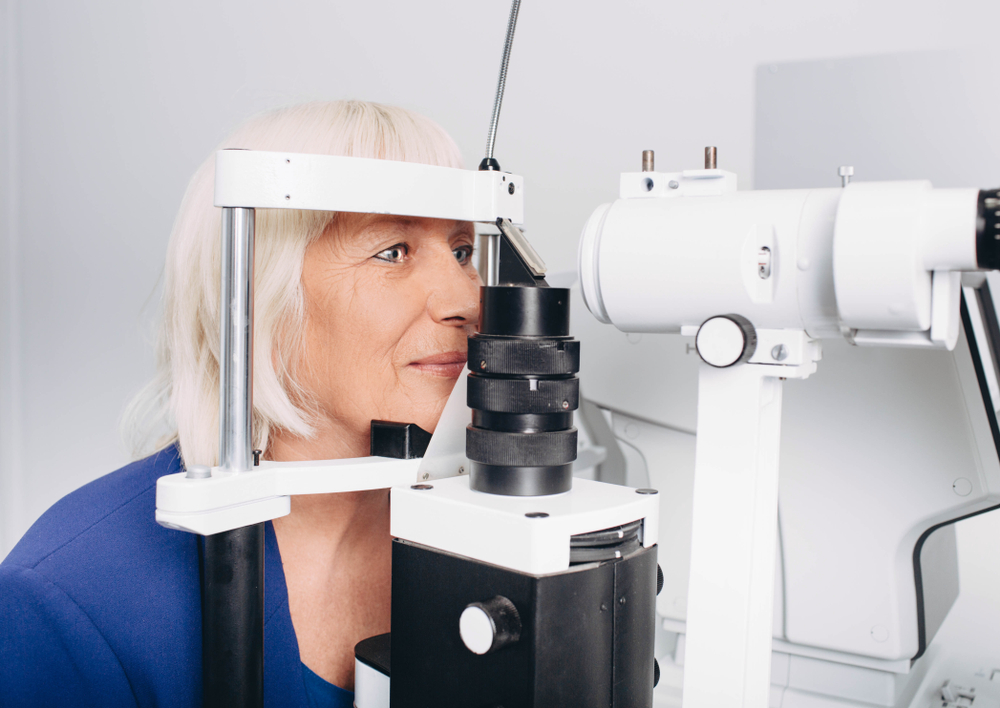
Dry eye can present a variety of symptoms, and it's crucial to recognize them so you can seek appropriate help. The most common symptom is a persistent dry, scratchy feeling in the eyes. Some people describe it as a sensation of having sand in the eyes. Others may experience a stinging or burning sensation.
The irony is, despite its name, dry eye can also cause watery eyes. This is because the dryness can trigger an overproduction of tears, a condition known as reflex tearing. However, these tears are mostly water and lack the lubricating qualities of normal tears.
Other symptoms include sensitivity to light, blurred vision, and fatigue in the eyes. In severe cases, dry eye can even damage the surface of the eyes. It's important to note that these symptoms can also be signs of other eye conditions, hence the need for a proper diagnosis.
The Importance of Regular Eye Exams for Dry Eye Diagnosis
Regular eye exams are crucial in diagnosing dry eye. An eye exam can reveal telltale signs of dry eye, such as a reduced tear production or changes in the quality of your tears. These exams also help rule out other eye conditions that could be causing your symptoms.
Seeing an optometrist for regular exams can help detect dry eye in its early stages before it causes significant discomfort or damage. Early detection and treatment can halt or slow the progression of dry eye.
Steps in Diagnosing Dry Eye
The process of diagnosing dry eye involves several steps. First, your eye care professional will take a detailed history, asking about your symptoms and their onset, duration, and severity. They may also ask about your lifestyle, diet, and exposure to environmental factors that can affect eye health.
Next, a comprehensive eye examination is performed. This includes checking your vision, examining the front of your eyes, and testing your tear production and tear film stability.
Further tests may be ordered depending on the findings of the initial examination. These could include tests to measure the volume of your tears, the rate of tear evaporation, or the saltiness of your tears.
Tests Used to Diagnose Dry Eye
A range of tests can be used to diagnose dry eye. The Schirmer's test, for instance, measures tear production by placing a small strip of paper under the lower eyelid. The tear breakup time (TBUT) test measures the time it takes for dry spots to appear on the eye after a blink, indicating tear stability.
Other tests involve staining the front of the eye with special dyes to make dry patches more visible. Imaging techniques can also be used to examine the meibomian glands, which produce the oil component of tears.
Each of these tests provides valuable information that can help in the diagnosis of dry eye.
The Role of Medical History in Diagnosing Dry Eye
Your medical history plays a significant role in diagnosing dry eye. Certain systemic conditions, medications, and lifestyle factors can increase the risk of developing dry eye.
For instance, conditions such as rheumatoid arthritis, diabetes, and thyroid disorders are associated with dry eye. Some medications, including antihistamines, beta-blockers, and certain antidepressants, can also cause dry eye.
Treatment Options After Dry Eye Diagnosis
Once dry eye is diagnosed, the focus shifts to managing the condition and relieving symptoms. Treatment options can range from simple lifestyle changes to prescription medications, punctual plugs and IPL therapy.
Artificial tears and lubricating eye drops are usually the first line of treatment for dry eye. They provide immediate relief for symptoms. However, they temporary relief and need to be used regularly for continued.
Prescription medications can also be used to increase tear production or reduce inflammation. Therapies such as LipiFlow thermal pulsation and IPL therapy help treat the underlying cause of dry eye.
Manage Your Dry Eye Today
Living with dry eye can be challenging, but it's manageable with proper care and attention. Regular eye exams are essential in diagnosing dry eye and getting the right treatment.
For more information on how dry eye is diagnosed, visit Monroe Vision Associates at our office in Monroe Township, New Jersey. Please call (609) 604-6400 to discuss any concerns about your dry eye or to schedule an appointment today.







